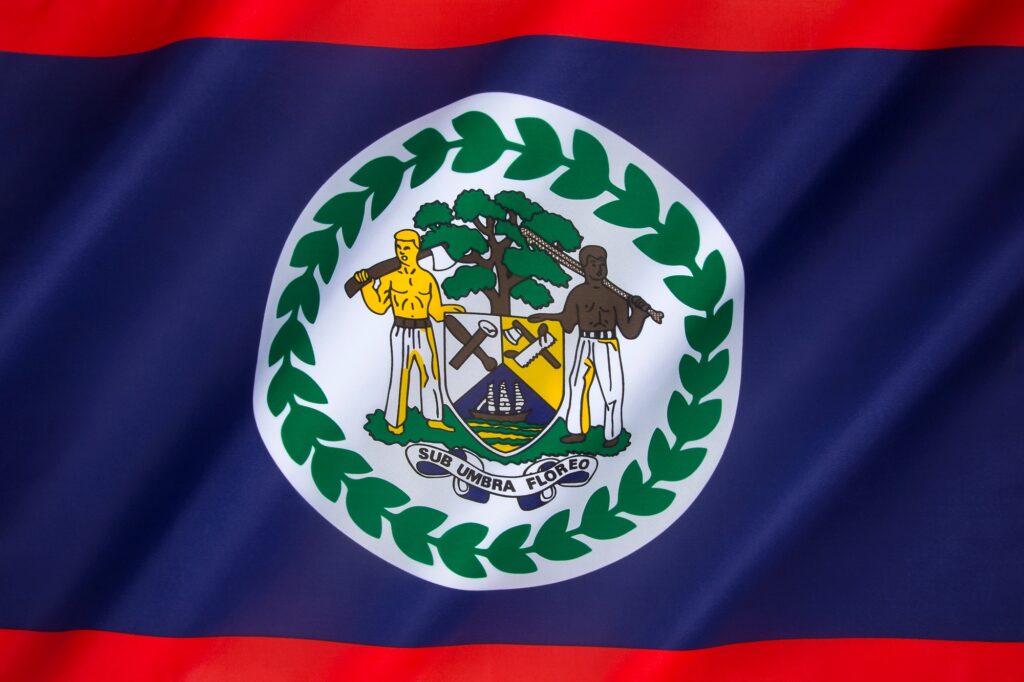Key Takeaways:
- The DHS has released new H-2A and H-2B visa eligibility, adding Belize and outlining specific countries’ associations with temporary worker immigration programs.
- Effective Nov. 8, 2024, eligible countries include a mix of European, South American, and some Asian nations.
- Understanding the recent updates helps reveal the evolving landscape of U.S. immigration policy and labor needs.
In a dynamic landscape of immigration law, U.S. policy continuously shapes the experience of both labor-hungry employers and foreign nationals looking to work temporarily in the United States. The recent announcement from the Department of Homeland Security (DHS), in collaboration with the Department of State, names the nations eligible for the H-2A and H-2B visa programs until November 7, 2025. Notably, Belize joins this exclusive club, suggesting a responsive strategy to global labor needs and international relations.
Why does this matter? The H-2A visa is designated for agricultural work, allowing employers access to much-needed temporary seasonal labor. Meanwhile, the H-2B visa targets non-agricultural sectors. Each visa program exists to funnel workers meant for roles that Americans may be unwilling or unable to fill, navigating the delicate balance between public sentiment on immigration and economic necessity.
Admittance into this list is no small feat. Selecting countries involves a careful assessment of their adherence to regulations and the sustained ability of citizens to comply with visa usage—a balancing act laden with implications. Countries yet remain at risk for relisting or removal depending on compliance record; instances of fraud or significant overstay rates are just two examples that threaten a nation’s status in this program. This highlights the importance of robust monitoring mechanisms that serve U.S. economic and legal interests while simultaneously impacting the lives of thousands.
The scheme allows for particular case approvals from countries outside the eligibility spectrum, reinforcing a flexible approach tailored to U.S. labor market needs. However, applicants must avoid complexities triggered by numerous regulatory factors. This creates an unpredictable reality where workers navigating the system grapple with how changes influence their aspirations for temporary employment.
Meanwhile, as the list solidifies who might contribute labor amidst ongoing workforce shortages—especially ahead of harvest seasons or seasonal tourism in various sectors—men and women from a laundry list of countries look on anxiously. The stress wrought by policy changes resonates sharply in communities reliant on H-2 visas.
The fluidity of these immigration laws indicates more than simple labor needs; it echoes the nuanced human experience across borders. As countries like Belize gain admission, we should also contextualize this with regard to the lingering whispers and debates that surround immigration in the broader American vernacular. Beyond agricultural fields and businesses that benefit from such visa holders, are human stories shaped by hope and aspiration against the backdrop of bilateral relations.
Understanding immigration, when we peel through the legalese, reveals something rather profound: the interconnected nature of today’s economy. With over 70 countries listed, the landscape has broadened but remains intertwined with the complexities of U.S. law and international relations. The fate of many laborers hangs in the balance as policies shift alongside political currents—tweaked not just for utility but also to embrace or erect barriers, depending on prevailing perspectives.
As awareness emerges regarding the reality of the workforce cries for labor while traversing the immigration space, we stand its witnesses—not just as a competitive economy, but as a humane society grappling with change, innovation, and the reluctant play of geopolitical dynamics.








